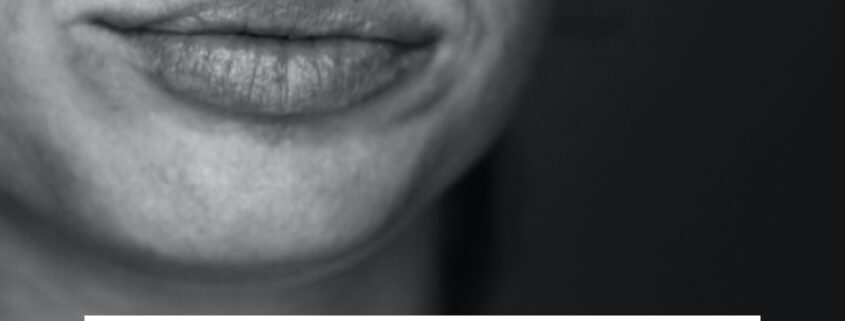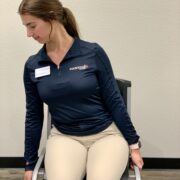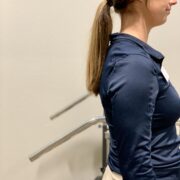Relieving TMJ Pain with 4 Exercises
4 Exercises to Relieve your TMJ Pain
TMJ is an acronym that stands for temporomandibular joint meaning jaw. TMJ pain can often present itself in unexpected ways including ear pain, fullness in the ear or persistent headaches. Other times it can be more obvious including pain when chewing and popping or clicking when opening or closing your mouth. Either way try these four exercises to relieve your TMJ pain since it is your most used joint in the body.
Check out the video below for visuals on how to complete each exercise, or keep scrolling for the written descriptions!
1. Chin Tucks
It is so easy to find ourselves sitting in a slumped position while working at a desk causing our head position to be forward resulting in our TMJ position to be misaligned when talking and chewing. Therefore, the muscles in the front of our neck tend to be weak and need strengthening. Give the chin tuck a try while sitting at your desk every hour!
Description: Start by sitting or standing with your back straight. While staring straight forward. Pull your head backwards using the muscles in the front of your neck. Keep your chin level with the floor at all times. Avoid tilting your chin either upward or downward while pulling backwards. Hold as indicated. Repeat as indicated.
2. Tongue Push Ups or Controlled Opening
Stress…we all have it in some form or shape. Stress causes many different reactions within our body, one of them is muscle tension. Oftentimes we hold our stress in our jaw by clenching our teeth together which can result in TMJ pain. This exercise focuses on using only your tongue to open your mouth to reduce the amount of muscle work and promote proper joint movement to reduce TMJ pain. Every time you get in the car, try 10!
Description:
With your mouth closed, place your tongue on the roof of your mouth. While maintaining your tongues position, open your mouth as far as possible. Stop if your tongue loses contact with the roof of your mouth or you notice a significant shift with your jaw.
3. Levator Scapulae Stretch or Upper Neck Stretches
That forward head posture not only causes the muscles in the front of your neck to be weak, but the muscles in the back to be tight. Give this stretch a try to relieve neck tension and tightness to improve neck positioning for optimal TMJ opening and closing.
Description: Begin sitting and grasp the side of the chair with the arm of the side that is to be stretched. Rotate your head away from the side that is to be stretched. Grasp the opposite side of your head with your other hand, and gently pull your head down toward your shoulder. Hold as directed. Repeat as directed.
4. Scapular Retractions or Shoulder Blade Squeezes
Why are we working the back to treat the jaw? The neck and TMJ are interconnected due to how all our neck musculature attaches the neck and TMJ. Let’s strengthen our back to help with upright posture!
Description: Begin by sitting with your back straight and your arms at your side. Slowly pinch your shoulder blades together. Return to the starting position. Repeat as directed.
Give these 4 exercises a try to help relieve your TMJ pain! If you need additional education or assistance, feel free to stop into Proximal 50 to see Brittany, P50’s physical therapist, to get you talking and eating pain free.









